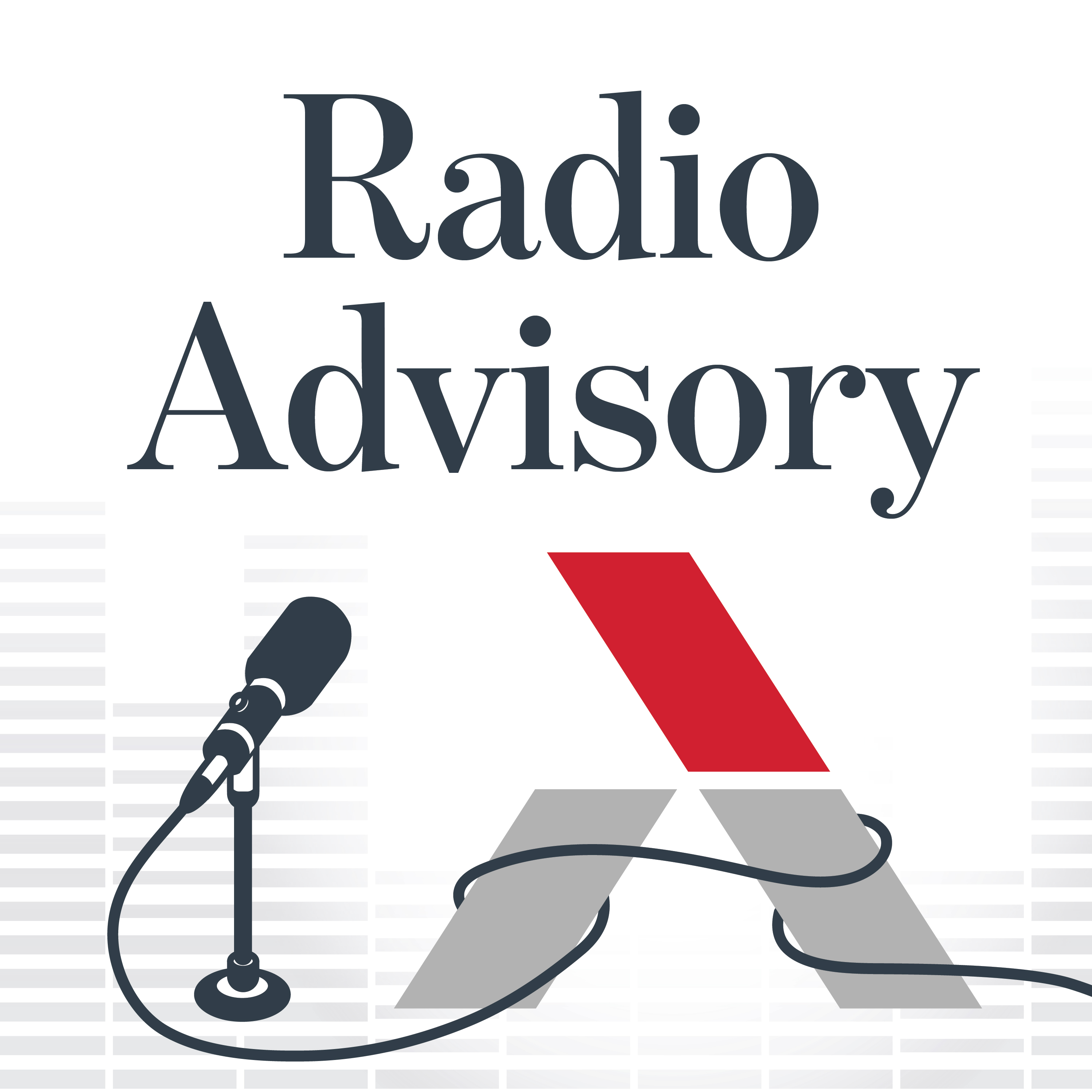The U.S. Bureau of Labor Statistics (BLS) on Tuesday released its latest monthly report, citing a record 4.5 million workers who quit or changed jobs in November 2021—and the health care industry was among the top three industries hit by the latest wave of the "Great Resignation."
6 Advisory Board resources for recruitment, retention, and the workforce landscape
Health care takes 2nd-largest hit
According to BLS's Job Openings and Labor Turnover Survey (JOLTS), workers left their jobs at record rates in several industries throughout November 2021, resulting in a record-breaking 4.5 million resignations.
Overall, the largest increase in resignations was recorded in the accommodation and food-services industry, with an increase of 159,000, followed by the health care and social-assistance industry, which saw an increase of 52,000. The third-largest effect was seen in the transportation, warehousing, and utilities industry, with an increase of 33,000.
Notably, this increase marks the fourth time workers left their jobs at a record-breaking rate in 2021, with previous highs in April, August, and September, the Washington Post reports.
Why are so many health care workers leaving their jobs?
According to economists, the wave of resignations seen throughout the "Great Resignation" has been driven by a range of factors, including low-wage jobs without opportunities for career growth, rising costs of child care, increasing responsibility and grueling work conditions amid Covid-19 surges, and fatigue from the pandemic.
Another factor could be a relative increase in job opportunities, the Post reports: In November, employers across all industries reported roughly 10.6 million job openings in the BLS survey—a decrease from recent records but still significantly higher than pre-pandemic averages. Given the increased mobility in the labor market, workers in the health care industry have taken advantage of the many opportunities created by an increase in demand for workers, often leaving their positions for better paying jobs with less exposure to Covid-19, Healthcare Finance News reports.
"This is the tightest labor market ever," said Julia Pollak, an economist at ZipRecruiter. "These are not quits from the labor force but quits from lower-paying jobs to higher-paying jobs, from less prestigious jobs to better, more prestigious jobs, from less flexible jobs to more flexible jobs."
Meanwhile, worker shortages have been underscored by rising cases of Covid-19, largely driven by the fast-spreading omicron variant. In fact, the United States on Monday reported the highest daily number of new cases of any country in the world, with almost 1 million new Covid-19 infections.
According to data collected by Reuters, the number of hospitalized Covid-19 patients has increased nearly 50% since last week—marking the first time in a year the country has recorded more than 100,000 hospitalized patients.
AHA calls for action
In response to the record-breaking number of resignations in the health care industry, American Hospital Association (AHA) president and CEO Rick Pollack called for action to help support and grow the U.S. health care workforce, including scrutinizing nurse staffing agency prices and lifting the cap on Medicare-funded physician residencies, Healthcare Finance News reports.
"A recent analysis shows there will be a shortage of up to 3.2 million health care workers by 2026," Pollack said. "These shortages, combined with an aging population, a rise in chronic diseases and increased behavioral health conditions, all contribute to a national emergency that demands immediate attention from health care leaders and policymakers at every level of government." (Morse, Healthcare Finance News, 1/5; Rosenberg, Washington Post, 1/4)
Workers are feeling overwhelmed by the demands of Covid-19 and are increasingly concerned about pay and staffing shortages. With resignations and even labor strikes on the rise, what can you do to recruit, support, and retain your workforce? We've uncovered the most important insights and turned them into actionable items for you. Whether you are trying to recruit a nursing workforce amid a shortage or simply trying to keep your existing staff, we have curated multiple pieces of expert guidance.
![]() Retention:
Retention:
Recruitment:
- 12 questions to make your careers website more competitive in today's market
- There’s a bidding war for nurses. How do you compete?
Workforce landscape:
Don't miss out on the latest Advisory Board insights
Create your free account to access 1 resource, including the latest research and webinars.
Want access without creating an account?
You have 1 free members-only resource remaining this month.
1 free members-only resources remaining
1 free members-only resources remaining
You've reached your limit of free insights
Become a member to access all of Advisory Board's resources, events, and experts
Never miss out on the latest innovative health care content tailored to you.
Benefits include:
You've reached your limit of free insights
Become a member to access all of Advisory Board's resources, events, and experts
Never miss out on the latest innovative health care content tailored to you.
Benefits include:
This content is available through your Curated Research partnership with Advisory Board. Click on ‘view this resource’ to read the full piece
Email ask@advisory.com to learn more
Click on ‘Become a Member’ to learn about the benefits of a Full-Access partnership with Advisory Board
Never miss out on the latest innovative health care content tailored to you.
Benefits Include:
This is for members only. Learn more.
Click on ‘Become a Member’ to learn about the benefits of a Full-Access partnership with Advisory Board
Never miss out on the latest innovative health care content tailored to you.

